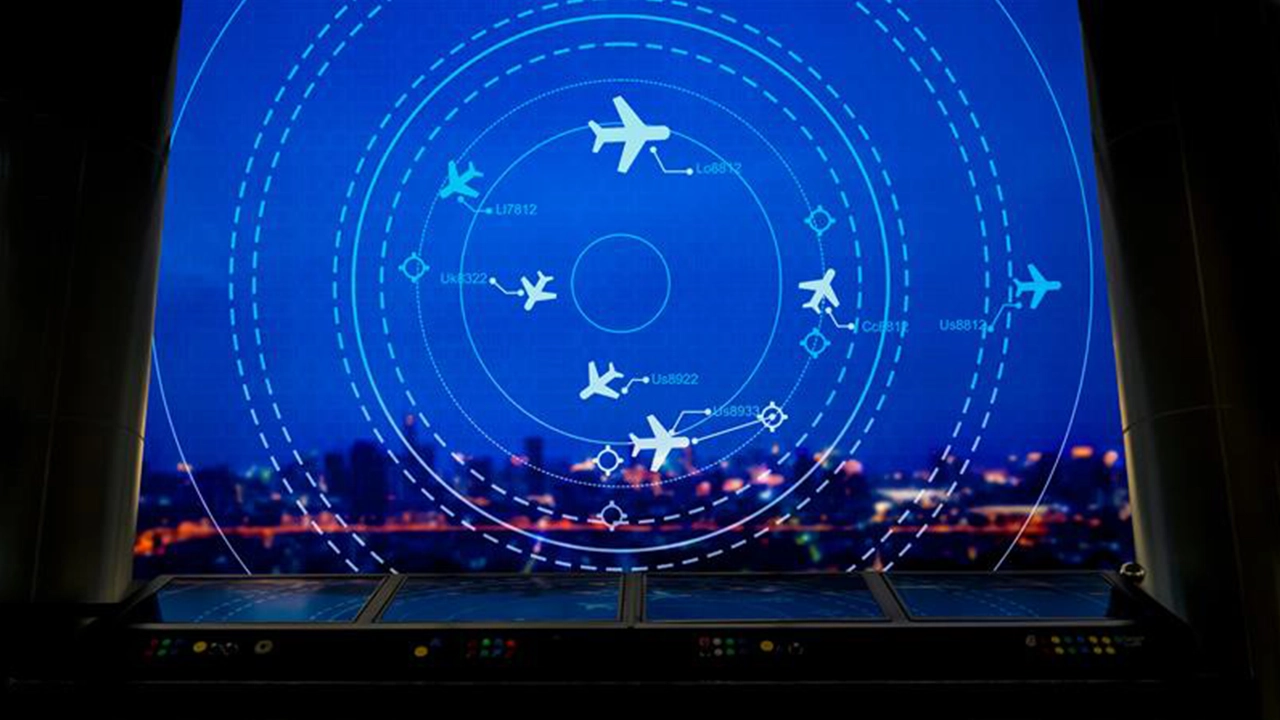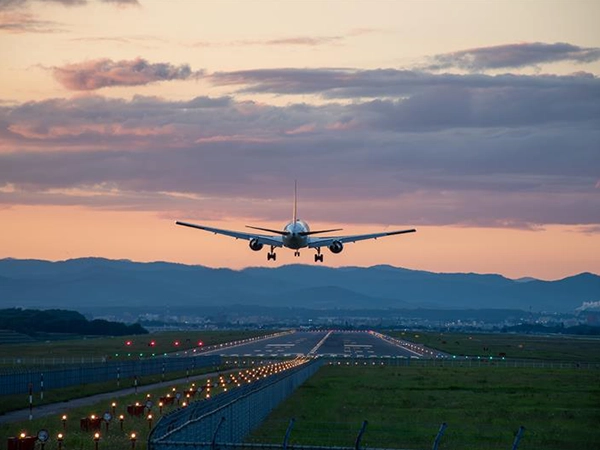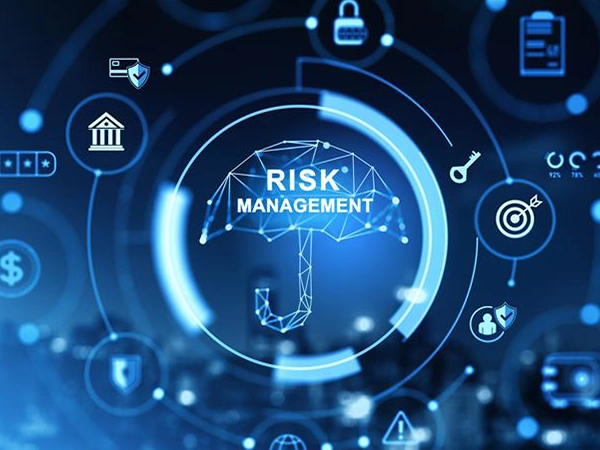The rhythmic hum of engines, the seamless take-offs and landings – Indian aviation is a marvel of engineering and operational precision, connecting millions across the globe. However, beneath this visible efficiency, a new and insidious threat is emerging, one that blurs the lines between physical interference and sophisticated cyber warfare: laser-induced vulnerabilities.
While the recent surge in laser dazzling incidents at major Indian airports like Chennai and Kolkata (with Chennai alone reporting 27 incidents in 2025) has rightly grabbed headlines for its immediate safety implications – disorienting pilots during critical phases of flight – these events are merely the visible tip of a much larger, cyber-physical iceberg.
Beyond Dazzling: How Lasers Become Cyber Weapons
Emerging research suggests that modulated lasers may interact with optical components in certain systems, potentially creating vulnerabilities under specific conditions. This bypasses traditional network firewalls and intrusion detection systems, making it an exceptionally challenging frontier for cybersecurity.
Here’s how light itself can become a weapon in Indian aviation:
1. Covert Data Transfer via Light (Optical Side-Channels):
Lasers can secretly create hidden data links using an aircraft’s own lights (like LEDs on displays) or cameras, even on systems that are physically disconnected from the internet (“air-gapped”).
This allows attackers to secretly steal sensitive flight data or inject harmful commands that can change how the aircraft operates.
The same method can also be used to compromise optical equipment in Air Traffic Control (ATC) towers and other ground systems.
Reference Research:
https://www.wired.com/2017/02/malware-sends-stolen-data-drone-just-pcs-blinking-led
2. Disrupting Perception (Sensor Spoofing & Jamming):
Lasers can trick or overwhelm aircraft sensors like LiDAR and cameras, leading to false readings or blind spots that allow for further cyber or physical attacks.
They can also disrupt critical data flow in optical fiber networks, causing errors or shutdowns.
3. Physical Damage for Cyber Exploitation:
Even low-powered lasers can physically damage sensitive sensors over time. This “blinding” creates a vulnerability, opening the door for other cyber or physical intrusions to go undetected.
Strengthening India’s Aviation Cybersecurity: Prevention, Detection, and Response
Addressing these sophisticated, laser-induced cyber threats demands a holistic and proactive strategy that seamlessly fuses advanced cybersecurity principles with robust physical security measures, specifically tailored for the dynamic Indian aviation environment.
1. Proactive Cyber-Physical Defence:
- Laser Detection Systems: Indian airports and aviation must use advanced sensors to spot unusual laser activity, differentiating harmful cyber-attacks from simple dazzling.
- Integrated Threat Monitoring: Combine data from optical sensors with existing network and flight data using AI to detect subtle, hidden laser attacks.
- Secure-by-Design Systems: Aircraft manufacturers and maintenance providers in India need to build optical components (sensors, cameras) that are inherently resistant to laser manipulation, using features like special filters and active countermeasures.
- Strong Air Gap & Network Isolation: Ensure critical aircraft systems are truly isolated from outside networks and use micro-segmentation within aircraft to contain any cyber breach quickly.
2. Regulatory and Operational Fortification:
- Enforce DGCA Laser Zones: Strictly implement “laser-free zones” around Indian airports and raise public awareness of the dangers.
- Streamline Incident Reporting: Create clear, fast protocols for pilots and ATC to report laser incidents, providing key details for investigation.
- Boost Law Enforcement Collaboration: Increase coordination between airport security, airlines, and police to catch and prosecute offenders.
- Secure Supply Chains: Implement strong security checks for all aviation components, especially optical ones, to prevent tampering during manufacturing and maintenance in India.
3. Preparedness and Resilience:
- Incident Response Playbooks: Develop specific plans for laser cyber-physical attacks on aircraft and ground systems, detailing immediate crew actions, communication, and system isolation.
- Forensic Capabilities: Invest in specialized local expertise and tools for analyzing optical components and logs to detect laser interference.
- Redundancy & Fail-Safes: Implement robust backup systems and alternative operational modes for critical optical systems to prevent catastrophic failures from laser attacks.
- Global Threat Sharing: Foster strong collaboration between Indian aviation bodies, airlines, and international partners to share intelligence on laser-based threats.
The recent laser incidents in India serve as a stark reminder that aviation security is a continuously evolving challenge. By proactively understanding and mitigating the sophisticated “unseen threats” posed by laser-induced cyber vulnerabilities, coupled with stringent enforcement against visible dazzling. India can truly safeguard its skies and ensure the continued reliability and safety of its rapidly expanding aviation sector. Laser‑mediated cyber‑attacks threaten to bypass digital safeguards and directly jeopardize critical CNS and ATM systems—a risk underscored in our discussion on aviation cybersecurity’s central role in CNS and ATM resilience.
Note:
Secure-by-Design: Systems are built from the ground up with security in mind, not added later as an afterthought.
Micro-Segmentation: Breaking a network into smaller, secure zones to stop threats from spreading.











